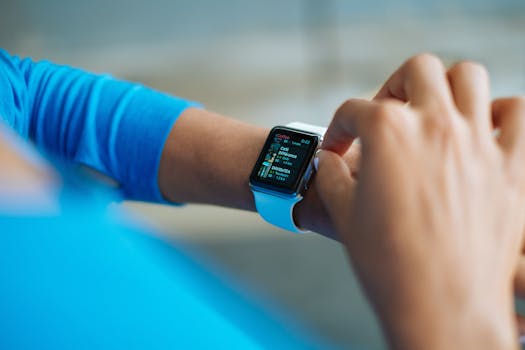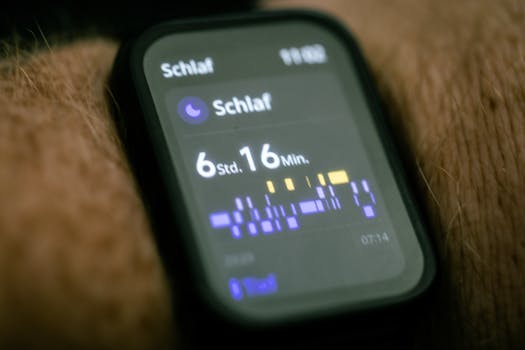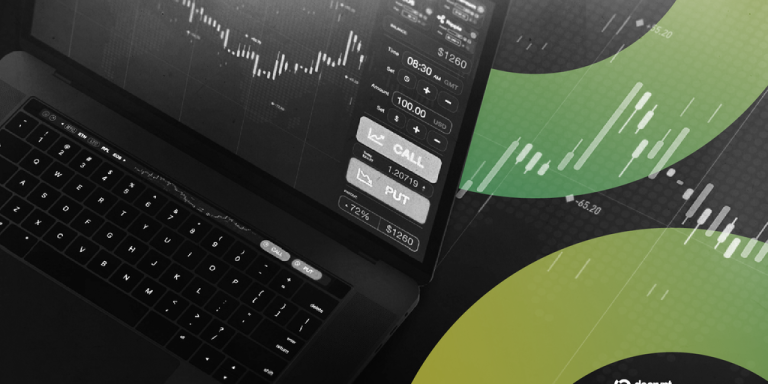
The Future of Health Tech: Wearables and Gadgets in 2025
The Future of Health Tech: Wearables and Gadgets in 2025 is an exciting and rapidly evolving field that is transforming the way we approach healthcare. With the increasing use of wearables and gadgets, individuals are now able to take a more proactive approach to their health, monitoring their vital signs, tracking their fitness, and receiving personalized recommendations for improvement.
Introduction to Health Tech

Health tech, short for healthcare technology, refers to the use of technology to improve healthcare outcomes, streamline clinical workflows, and enhance the overall patient experience. This can include a wide range of technologies, such as electronic health records, telemedicine platforms, and medical devices.
In recent years, there has been a significant increase in the development and use of wearables and gadgets in the health tech space. These devices are designed to be worn on the body or carried with you, and can track a variety of health metrics, such as heart rate, blood pressure, and sleep patterns.
Types of Wearables and Gadgets

There are many different types of wearables and gadgets available on the market today, each with its own unique features and functions. Some of the most popular types of wearables include:
- Smartwatches: These devices can track a variety of health metrics, such as heart rate, steps taken, and calories burned.
- Fitness trackers: These devices are designed specifically for tracking fitness activities, such as running, swimming, and cycling.
- Smart clothing: This refers to clothing that has been embedded with sensors and other technologies to track health metrics, such as heart rate and blood pressure.
- Health monitors: These devices can track a variety of health metrics, such as blood glucose levels, blood pressure, and oxygen saturation.
Benefits of Wearables and Gadgets

There are many benefits to using wearables and gadgets in healthcare, including:
- Improved health outcomes: By tracking health metrics and receiving personalized recommendations, individuals can take a more proactive approach to their health and improve their overall health outcomes.
- Increased patient engagement: Wearables and gadgets can help patients become more engaged in their healthcare, by providing them with a sense of control and empowerment over their health.
- Enhanced clinical decision-making: By providing healthcare professionals with access to real-time health data, wearables and gadgets can help inform clinical decision-making and improve patient care.
Challenges and Limitations

While wearables and gadgets have the potential to revolutionize healthcare, there are also several challenges and limitations to consider, including:
- Data accuracy: Wearables and gadgets can be prone to errors and inaccuracies, which can impact their effectiveness and reliability.
- Security and privacy: The use of wearables and gadgets raises concerns about data security and privacy, particularly in the context of sensitive health information.
- Regulatory frameworks: The development and use of wearables and gadgets is subject to a complex and evolving regulatory framework, which can create challenges for manufacturers and healthcare providers.
Conclusion

In conclusion, the future of health tech is exciting and rapidly evolving, with wearables and gadgets playing an increasingly important role in the healthcare landscape. While there are challenges and limitations to consider, the benefits of these technologies are clear, and they have the potential to transform the way we approach healthcare. As we look to the future, it will be important to continue innovating and improving these technologies, while also addressing the challenges and limitations that exist.





